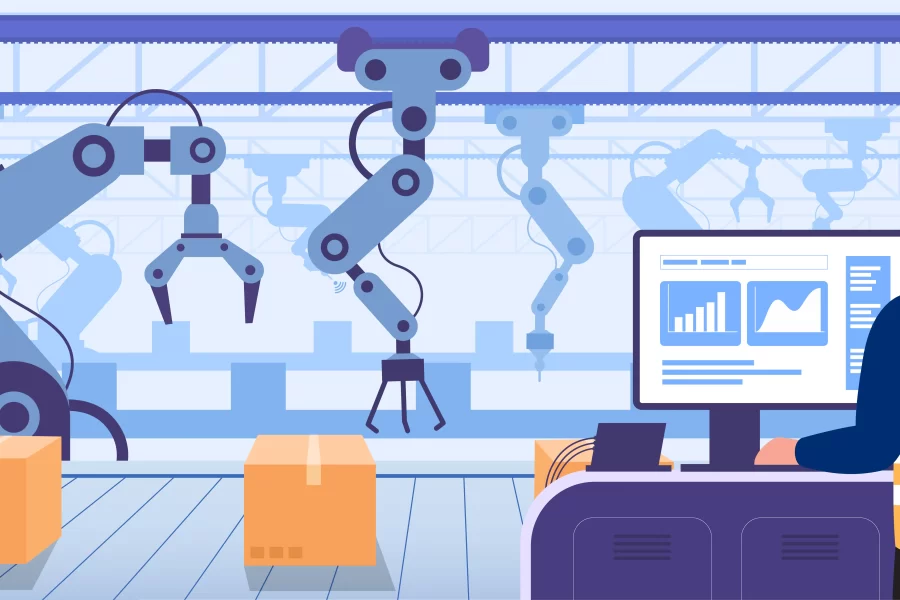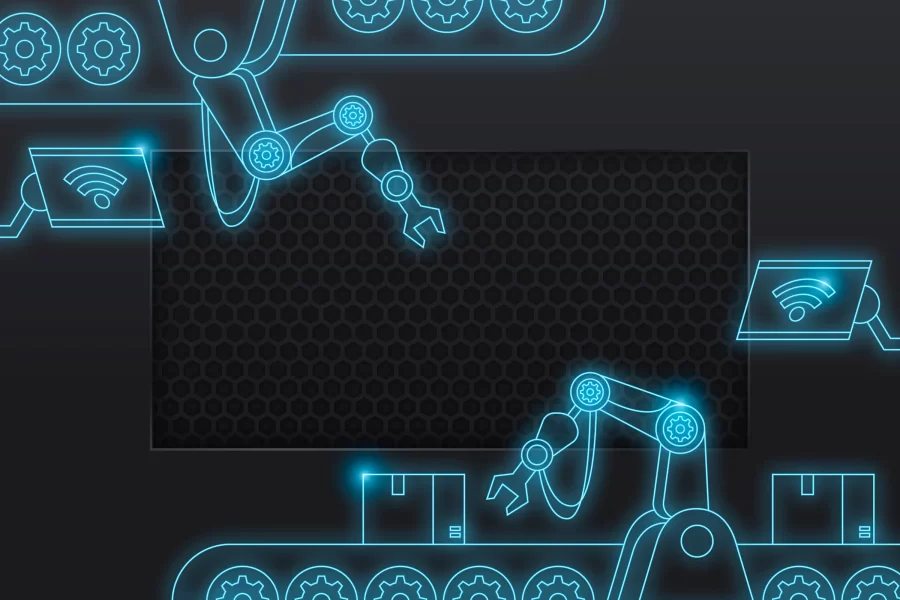
-
30 June 2025
Table of Contents Why Should Capping After Cream, Lotion, and Gel Filling Be Done with Robotic Systems? How Do Robots Correctly Place Cream and Lotion Caps? What Technologies Do Labeling Robots Use to Operate Accurately…

30 June 2025
Table of Contents Why Should Capping After Cream, Lotion, and Gel Filling Be Done with Robotic Systems? How Do Robots Correctly Place Cream and Lotion Caps? What Technologies Do Labeling Robots Use to Operate Accurately…

30 June 2025
Table of Contents Why Do Cosmetic Products in E-commerce Logistics Need Automation? How Are Cosmetic Order Picking Processes Accelerated with Robots? How Do Packaging Robots Adapt to Different Cosmetic Packaging Types? How Do Robots Reduce…

24 June 2025
Table of Contents Why Is the Use of Robots Necessary in Sterile Environments? How Do Sterile Robots Differ from Other Robots? In Which Sectors Are Sterile Environment Robots Used? What Solutions Does Sora Robotic Offer…

23 June 2025
Table of Contents What Problems Does Robotic Automation Solve in Order Picking? How Is Return on Investment (ROI) Calculated? What Is the Installation Cost of Robotic Picking Systems? How Much Efficiency Increase Is Provided Compared…

20 June 2025
Table of Contents Why Choose Robotic Sanding and Polishing Processes? How is Surface Quality Assessed According to Which Standards? Which Devices Are Used for Surface Roughness Measurement? Can Robotic Systems Monitor Surface Quality in Real…

17 June 2025
Table of Contents Which Challenges in Small Part Assembly Require Automation? What Does a Flexible Robotic System Mean? Which Robots Should Be Preferred for Small Part Assembly? How is Flexibility Achieved in Robotic Systems? How…

12 June 2025
Table of Contents What is a Gripper and What is Its Purpose in Robotic Systems? How Does Gripper Selection Vary by Application Type? What are the Differences Between Pneumatic, Electric, and Hydraulic Grippers? Which Gripper…

10 June 2025
In today’s business world, the use of robotic technologies and automation systems is rapidly expanding. Many sectors have begun to use industrial robots to optimize production processes, increase efficiency, and gain a competitive advantage. To…

3 June 2025
The rapid advancement of technology has transformed the way many industries operate and has given rise to new professions. One such profession is robot maintenance technician. Especially with the advent of industrial robots in our…

28 May 2025
In today’s rapidly evolving manufacturing world, robot technologies are becoming increasingly prevalent, and robot installation time has become one of the most frequently inquired topics. Both large-scale industrial manufacturers and small to medium-sized enterprises (SMEs)…
Industrial automation is at the core of modern manufacturing, transforming how goods are produced, factories operate, and businesses thrive. It’s about using technology to control and monitor industrial processes, significantly reducing human intervention.
The most basic question when discussing this topic is: What defines industrial automation? Industrial automation involves the use of control systems, such as computers or robots, and information technologies for handling different processes and machinery in an industry to replace human intervention. The goal is to perform tasks automatically, efficiently, and with high precision.
So, what are the core components that enable industrial automation? A typical industrial automation system relies on several key elements working in unison:
Pondering how do automation systems improve efficiency? By automating repetitive, dangerous, or complex tasks, these systems ensure consistent quality, higher production rates, reduced errors, and optimized resource utilization, all of which contribute to significant efficiency gains.
Industrial automation has permeated nearly every segment of the manufacturing industry due to its diverse capabilities.
Here are some primary application areas where industrial automation is widely utilized:
Key sectors include automotive, aerospace, electronics, pharmaceuticals, food and beverage, chemicals, and energy, where precision, speed, and safety are paramount.
The advantages offered by industrial automation are transformative.
The landscape of industrial automation is continuously evolving, driven by advancements in digital technologies.
The future of industrial automation is deeply intertwined with several cutting-edge technologies:
These include the high initial investment, the need for a skilled workforce to manage and maintain complex systems, cybersecurity risks, and the ethical considerations surrounding job displacement.
📍 Ferhatpaşa Sb, Sümbül Sk. No:1/2 B1 Çatalca / İstanbul
📞 Telephone +90 (212) 786 61 76
📨 info@sorarobotic.com